As floodwaters recede in Manitoba’s Interlake, some Peguis First Nation evacuees are heading back to clean up the saturated community — and in some cases discovering devastating damage.
Cheryl Thomson was among the first wave to return in recent days to find her property in varying states of disrepair.
“Very stressful but trying to stay positive,” Thomson said Tuesday, surveying the damage to her waterlogged home and possessions four days into the cleanup.
Peguis, about 160 kilometres north of Winnipeg, declared a state of emergency and issued an evacuation order at the beginning of May, as the flooding Fisher River washed out roads and breached dikes.
On Tuesday, the concerted effort to repatriate the remaining 1,500 evacuees, assess damage and start cleaning up hundreds of flood-affected homes began.
Thomson remains hopeful everything will turn out OK, but on this latest trip back, with floodwaters now gone from her property, the mark they left is clear.
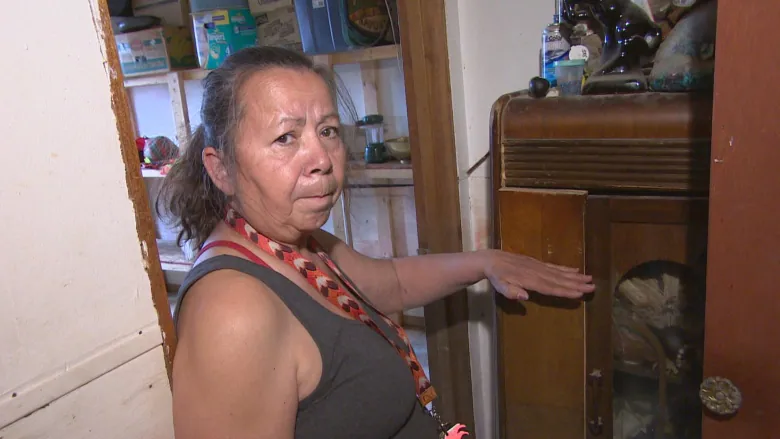
Her basement and its bedrooms sustained significant damage, as did the furnace, hot water tank and appliances.
Hauling her soaked items into her yard to dry, Thomson estimates she lost about $10,000 in supplies and personal items, including a buffalo robe, sewing machines and ceremonial clothes she made.
“All my ribbon skirts that I had for ceremony are all destroyed,” said Thomson. “It’s very overwhelming. Many times I had to tell my sisters that I had to walk away, go and catch my breath.”
Up to 700 homes damaged
Peguis officials’ preliminary estimate is between 600 and 700 homes sustained some kind of damage during the flood, including 200 that may be completely destroyed, said William Sutherland, the First Nation’s director of emergency management and housing.
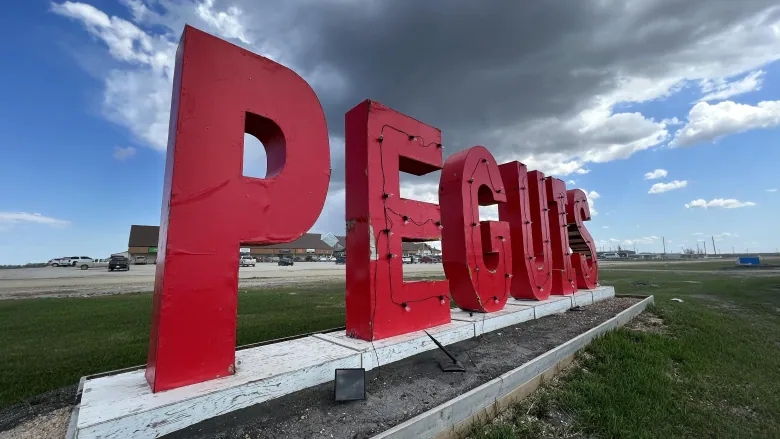
He said there’s a need for over 860 new homes based on damage from the flood this year and those from past years.
Sutherland has been director of emergency management and housing for Peguis First Nation since 2009, though he has memories of evacuations in the flood-prone community going back as far as 1974.
That year, the military was called in and his family was helicoptered out, said Sutherland.
A partial evacuation was ordered during the 2017 flood, but Sutherland says he’s never seen anything close to the damage left in the wake of the this spring’s.
“It affected the entire reserve,” he said from Peguis on Tuesday.
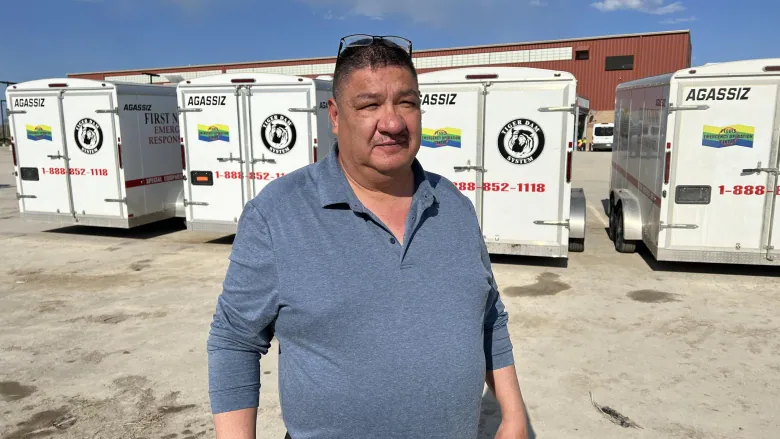
Sutherland said the north end of the community bore the brunt of the damage. Residents from that part of the community feel they were left out of flood preparation considerations, said Sutherland.
“You may not have the opportunity to explain that we tried everything,” he said.
“But at the time, at the height of the crisis, when the water was at its peak level with the current, it was just too dangerous…. We couldn’t have our workers possibly drown while taking their staff in a truck and have one of these trailers pulling them off of the highway.”
Cleanup efforts Tuesday involved clearing away sandbags and rapid response flood tubes, he said.
Part of the work now is trying to gain access to homes locked up during the mass exodus and assessing which are safe to return to, and then bringing those people back, Sutherland said.
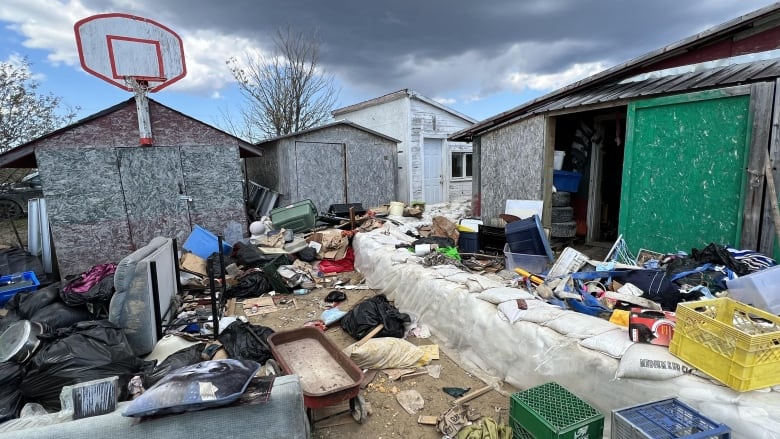
Depending on the extent of the damage, some property owners may be compensated for home repair costs. Other homes may be deemed a total loss, though how many were ruined is still an emerging picture.
“A lot of houses have lost everything,” Sutherland said. “Those with more extreme damages, unfortunately, they’ll have to remain as evacuees for a much longer term.”
That’s a reality Robert Thomas is relieved he won’t experience.
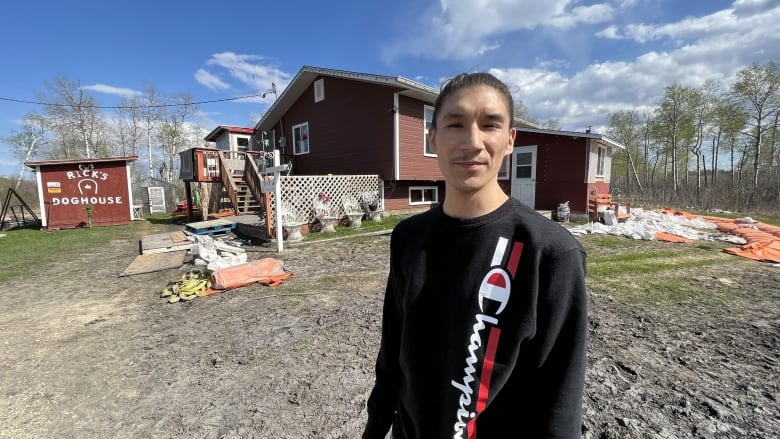
His home in the north of Peguis was damaged but is salvageable.
It took a lot of work to keep the water at bay. He and his father worked around the clock in the first three or four days the water rose around their sandbagged home.
“I am hurting for the people who have lost their homes, because our last flood was unfortunate and some people got relocated for quite a while,” he said.
“That is one reason why we did not want to leave our home. We didn’t want to have to wait a few years to get another house.”
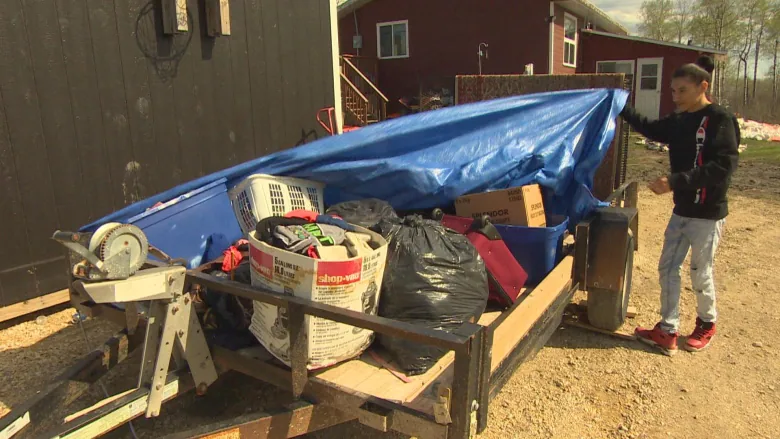
With the flood behind him, Thomas says he is grateful to everybody that helped the community.
“It was very stressful,” he said.
“We’re slowly feeling the anxiety and anxiousness going away because [the flood] is gone. Now, it’s just the cleanup
Reference-www.cbc.ca